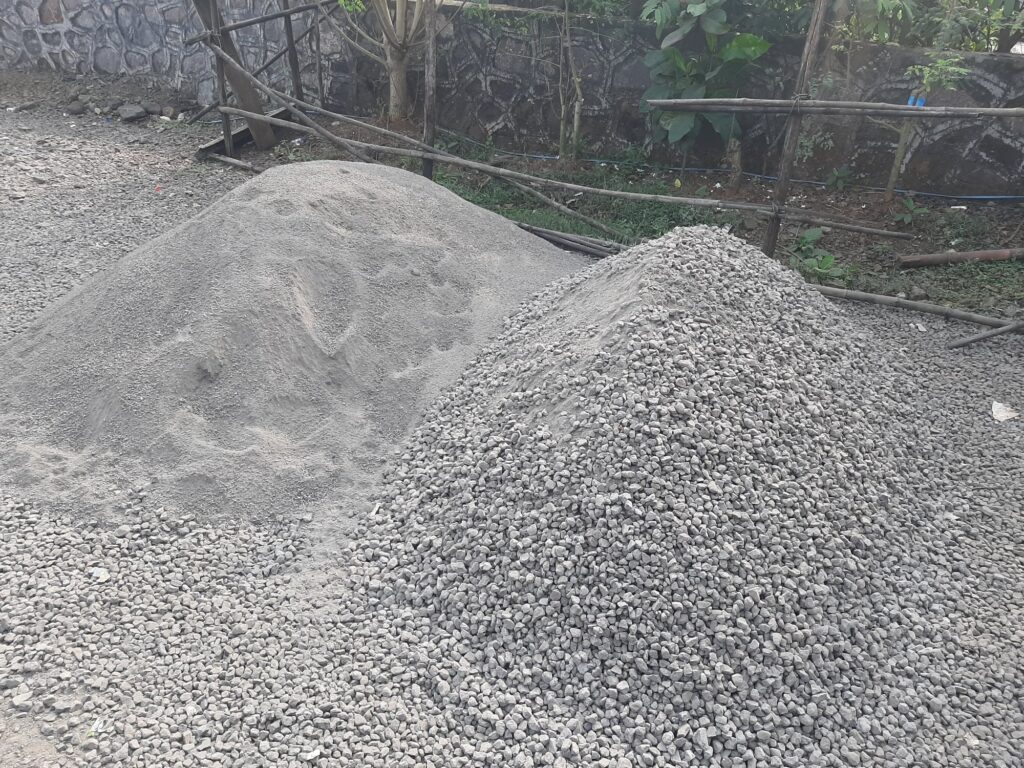An array of both raw and natural materials are needed for building projects. Examples include wood, limestone as well as clay, sand, as well as metals. Production and extraction of these materials can affect the biodiversity.
Bamboo can grow up to a meter per day, and is a wonderful green material to use for flooring and ceilings. Cork is a second renewable resource, repurposed as acoustic wall and ceiling panels instead of being disposed of or sent to landfills.

Sustainable Construction Practices
Sustainable construction practices are a set of principles that guide the planning and execution of any project for ensuring its sustainability. It includes building materials that are lower embodied energy, and also incorporating biodegradable and recycled elements in the structure along with the use of environmentally friendly construction methods.
Examples of green building materials include wood, bamboo, hemp concrete and cork. They regenerate themselves naturally and are produced using renewable resources. They’re also environmentally friendly that require minimal or no chemical treatment. These can be utilized to control humidity and to provide insulation.
Green construction can be facilitated by the use of materials with lower embodied energy and by adopting environmentally-friendly production processes, such as direct reduced iron for steel or carbon capture for cement. It can also be accomplished through a solid procurement strategy, where the selection of suppliers is determined by sustainable standards and benchmarks. This includes setting targets for the amount of recycled and repurposed products to be used during the building process.
Eco-Friendly Building Materials
Sustainable building materials are based on using natural, renewable or recycled products to reduce environmental impacts and the consumption of energy and resources during construction. These are materials that require minimal processing and are sourced locally, thereby reducing transportation requirements and emission. Eco-friendly materials for building include industrial hemp, bamboo straw bales, straw bales or recycled glass.
Hemp concrete is an example of a construction material that’s composed of hemp fibers and lime. It’s breathable, and it regulates the level of humidity. Additionally, it is strong and durable. It’s carbon neutral, that is, it absorbs more CO2 while it’s being made than it releases when it is in use.
Recycled steel is an alternative eco-friendly building material. It can be used as a roofing, framing and countertops, in addition to flooring. A different common type of material is stone which is a naturally-occurring substance that needs minimal processing. Cork, which is derived from the cork’s bark oak trees, is naturally an insulator, and could be utilized for flooring and walls.
Environmental Conservation in Construction
Numerous large construction companies are implementing green materials and practices in their work. It’s an effective way to reduce the polluting and preserve the resources on the construction site.
It’s also crucial to save energy through the entire construction process. Using renewable energy sources and digital technology can help you reduce the carbon footprint of your home.
Construction materials that are produced can have negative effects on biodiversity. The extraction of raw material including gravel, wood, sand and iron ore is a cause of habitat loss as well as species-specific isolation.
A further issue concerns the manufacture of synthetic material, such as concrete, which is one of the least environmentally friendly building substances. Recycled plastics and reclaimed timber are viable alternatives for sustainable construction. Reclaimed wood is a viable choice as it helps to stop deforestation and is widely accessible. The product is light which makes it simple to move. Additionally, it comes with the highest tensile force to ensure longevity.
Advantages of Green Materials
They are committed to sustainability through their lifetime, creating lower emissions throughout production, construction, operation and disposal than traditional products. The use of energy-efficient windows, insulation made of natural fibers as well as recycled steel could reduce a building’s power consumption and help lower the cost of utility for the occupants, while also decreasing the emissions of greenhouse gases.
If you source sustainable materials from renewable resources instead of those that are not renewable, you’ll be able to stop deforestation. Many also have low embodied carbon footprints. This implies that they absorb more CO2 than they release over their life. Biomimetic strategies are utilized to imitate the features of eco-friendly products. For example, mycelium is composed of strands of a thin nature that develop and transform into sturdy, tough substance.
In demonstrating their dedication to sustainability, and promoting innovation within the sector, project planners can encourage green gia xi mang trang materials supply. Insuring that supply chains are robust assessment and quality control will assist in the achievement of green material initiatives. Continuous learning is key to unlocking technological advancements and cost savings.